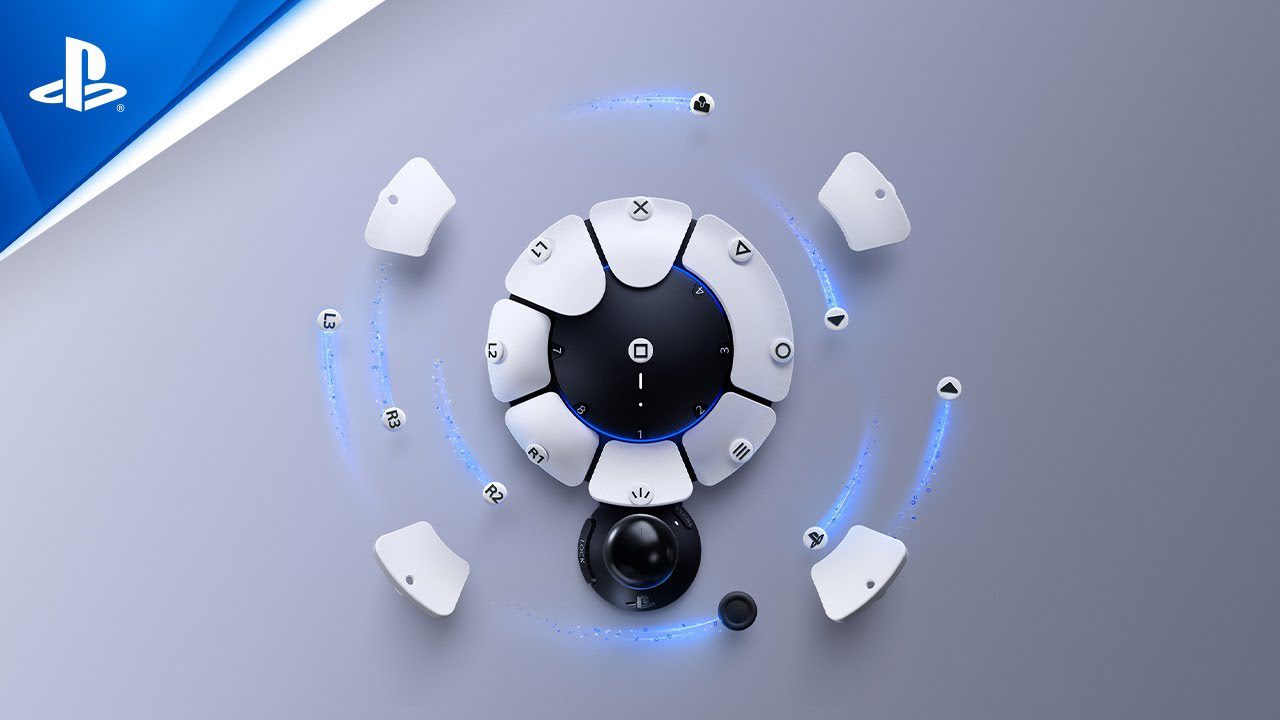Video games serve as a common hobby, stress reliever, and an ever-growing choice of recreation for a wide range of people. However, most modern video games require fine motor skills and utilize consistent, typical control schemes. Control schemes that, for a wide variety of reasons, might be difficult or even impossible for a great number of players. Luckily, in an age of ever-expanding technology choices, adaptability in video games has allowed gamers to reach heights of access never before available. In this blog, we discuss some of the available options from the two biggest companies in gaming, and touch on some of the wider issues that are present in the world of accessibility in video gaming.
MICROSOFT
Microsoft’s flagship series of Xbox consoles historically relied on a very archetypal gamepad for players to control their favorite games. However, the omnipresent gamepad architecture can leave some players unable to interact. Enter: the Xbox Adaptive Controller, a white slab of metal and plastic that allows players to completely unlock how they interact with their games.
The controller features some large buttons of its own and a few inbuilt options to enable control, but what’s notable about the Adaptive Controller is the selection of input slots in the back that allows users to completely customize their experience. By plugging all sorts of control apparatuses, gamers can completely configure how they interact with videogames. From large joysticks for those with limited finger mobility, buttons large enough to be pressed by foot, head-tracking motion sensors, tongue-controlled in-mouth control tubes; the options for gameplay are quite literally endless. If a gamer can source a control tool that works for them, they can plug it into the adaptive controller and reconfigure their gameplay experience, allowing them to connect with others in their favorite games in ways that empower and enable them.

SONY
Sony’s video game console, the Playstation, also has an adaptive controller of its own: the Access Controller. While offering similar customizable inputs as the Xbox controller, Sony’s Access controller comes with large buttons and a joystick, potentially making the controller on its own enough for some gamers. Larger buttons and oversized joysticks enable those with limited fine motor mobility to access video games, and the wide array of potential customizable inputs unlock gaming for anyone.

PROBLEMS PERSIST
The two main gaming console makers having robust and useful adaptive controllers available is an incredible moment in time – but issues still persist for those who need more help to play the games they want. While Sony and Microsoft’s adaptive controllers are very versatile, oftentimes people may need even more help than what those controllers allow. Completely bespoke controllers may be required based on someone’s disabilities – and there is another factor that makes controllers not the end-all-be-all of adaptability. Adaptive controllers rely on a game’s ability to rebind inputs: in essence, a setting in the game’s options that says “rather than pressing A to do this action, I press B to do this action instead.” Many games offer very robust and available controller rebinding options; but many do not. There is no set of standards for accessibility in games that all game developers need to adhere to – and so oftentimes someone’s ability to play a game can vary wildly from game to game, purely based on what’s available in the options.
There is also the issue of access and affordability. Both adaptive controllers listed here aren’t incredibly expensive – but they only come with a small set of options for control inputs. Many gamers require much more in depth and unique controller options to play games, and these controllers can soar in price. Video gaming is a quite cheap and affordable hobby overall; but the buy-in price of massively expensive adaptable controllers can make it extraordinarily more difficult for gamers to game.
There are many, many aspects of adaptability in video gaming to discuss and analyze. In future blogs, we intend to delve deeper into some of the various facets of accessibility in gaming.
